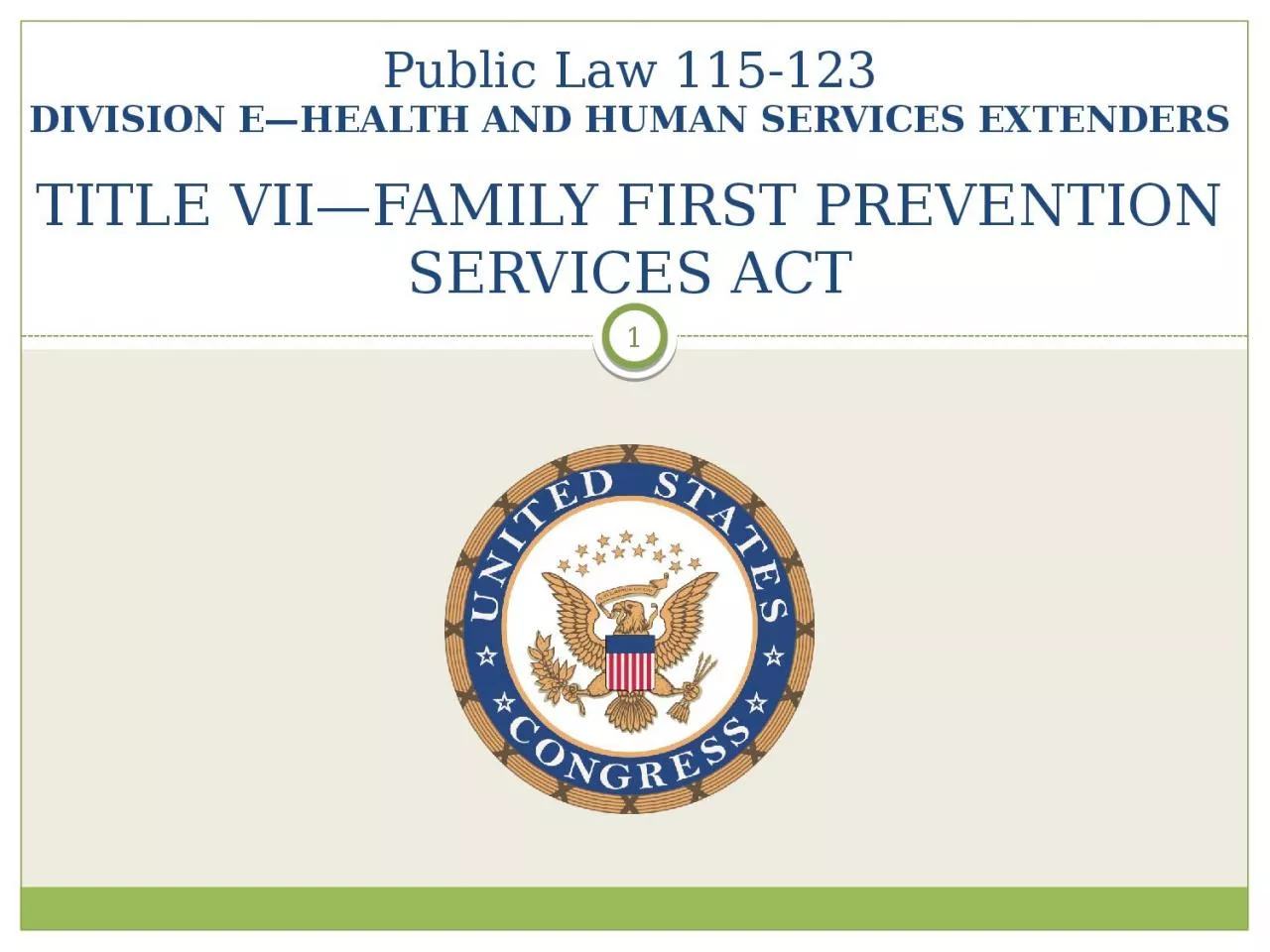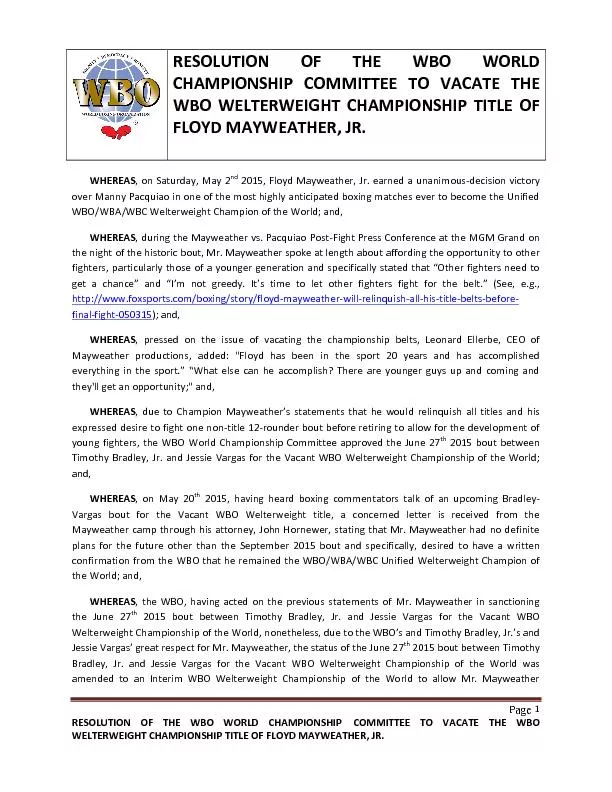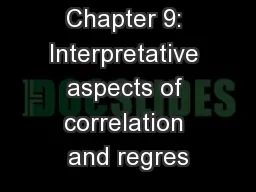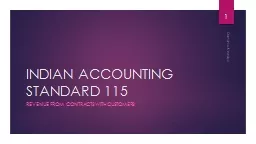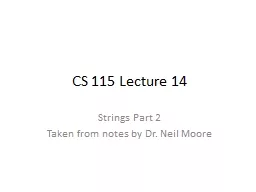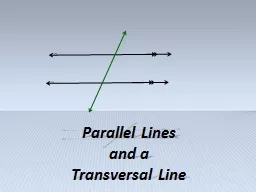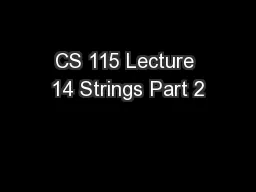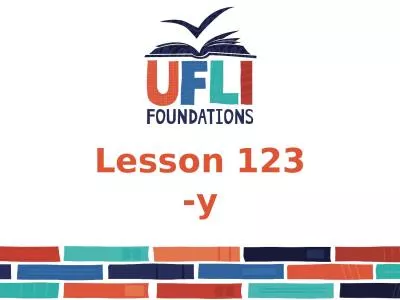PPT-1 Public Law 115-123 DIVISION E—
Author : emery | Published Date : 2024-03-13
HEALTH AND HUMAN SERVICES EXTENDERS TITLE VIIFAMILY FIRST PREVENTION SERVICES ACT Basis for and Goals of Reform Efforts Preserving families States have repeatedly
Presentation Embed Code
Download Presentation
Download Presentation The PPT/PDF document "1 Public Law 115-123 DIVISION E—" is the property of its rightful owner. Permission is granted to download and print the materials on this website for personal, non-commercial use only, and to display it on your personal computer provided you do not modify the materials and that you retain all copyright notices contained in the materials. By downloading content from our website, you accept the terms of this agreement.
1 Public Law 115-123 DIVISION E—: Transcript
Download Rules Of Document
"1 Public Law 115-123 DIVISION E—"The content belongs to its owner. You may download and print it for personal use, without modification, and keep all copyright notices. By downloading, you agree to these terms.
Related Documents

